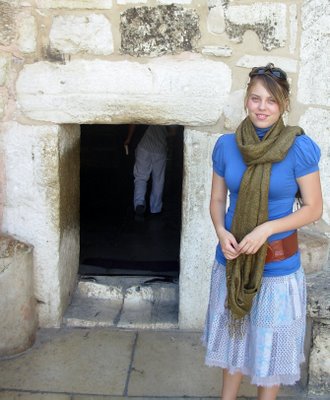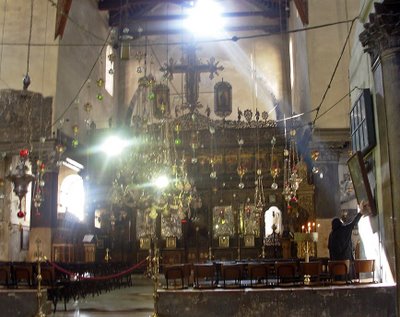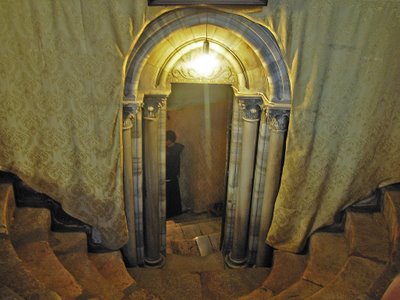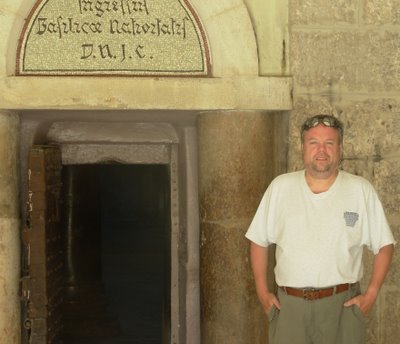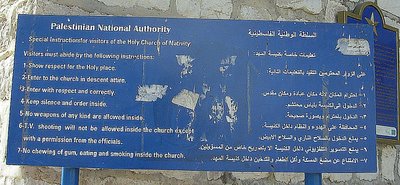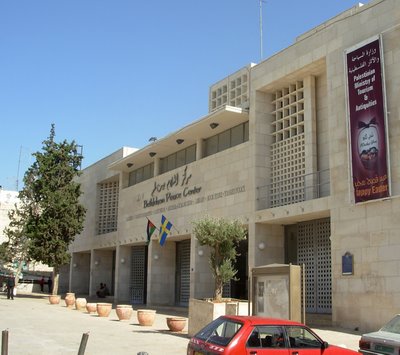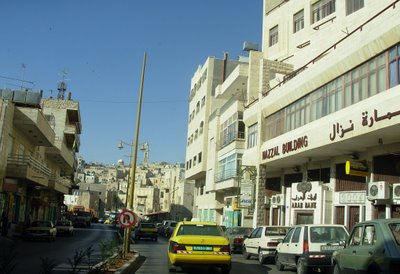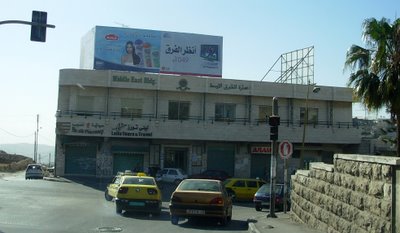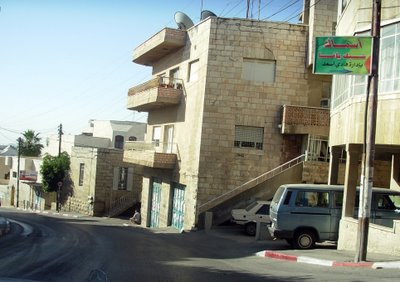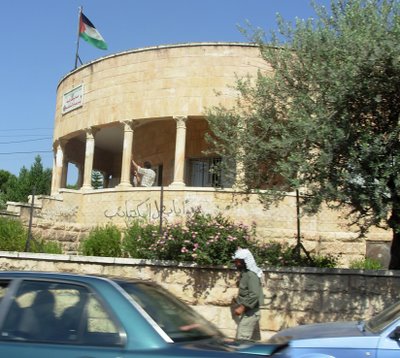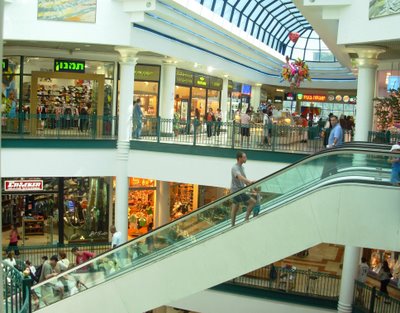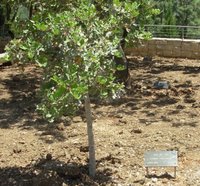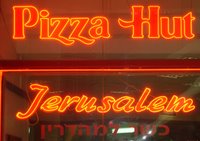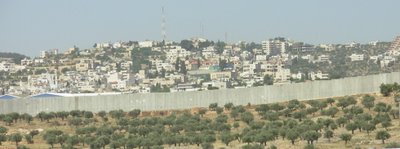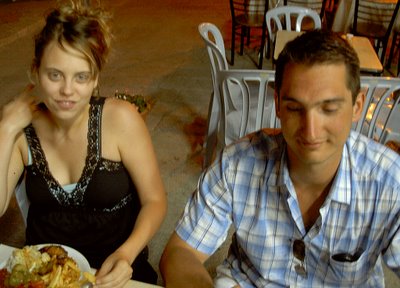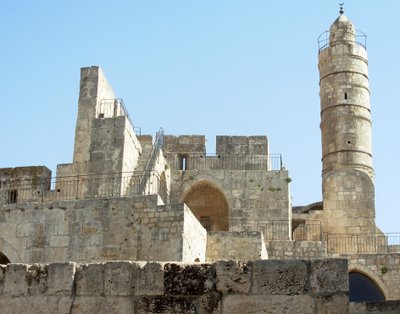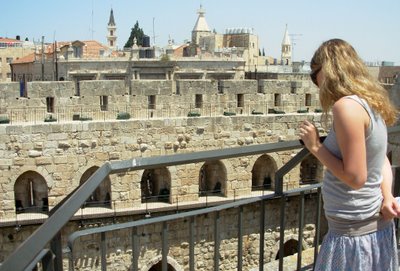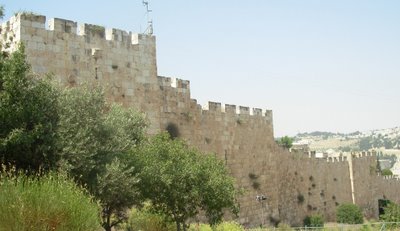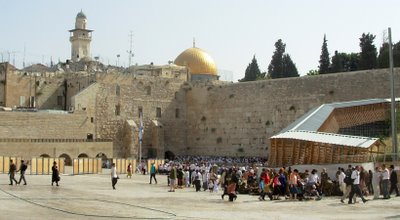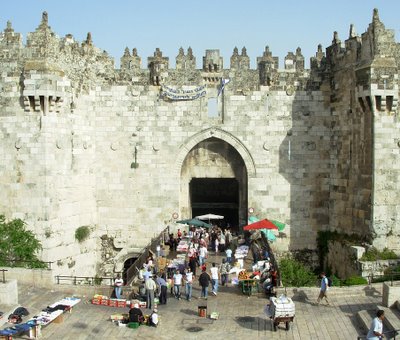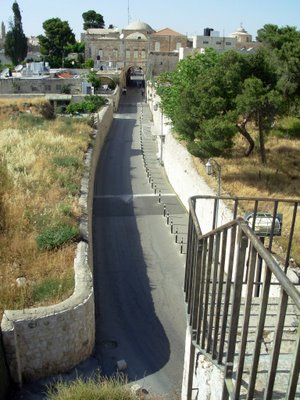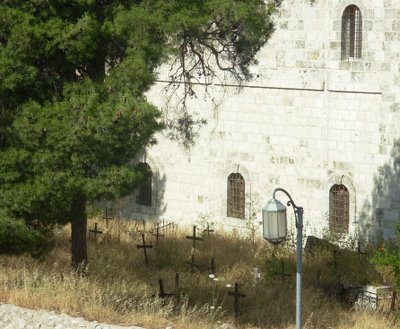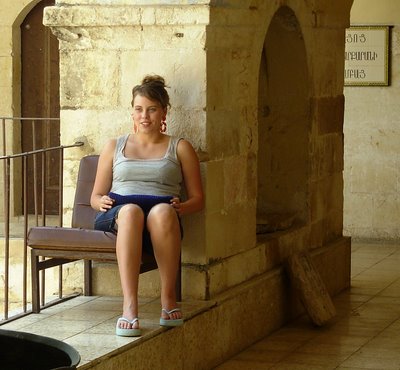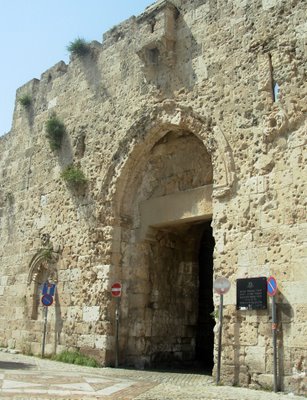 PSALM 137:"By the Rivers of Babylon, there we sat down, yea, we wept when we remembered Zion. We hanged our harps upon the willows in the mist thereof. For there they that carried us away captive required of us a song; and they that wasted us required of us mirth, saying, sing us one of the songs of Zion.
PSALM 137:"By the Rivers of Babylon, there we sat down, yea, we wept when we remembered Zion. We hanged our harps upon the willows in the mist thereof. For there they that carried us away captive required of us a song; and they that wasted us required of us mirth, saying, sing us one of the songs of Zion. 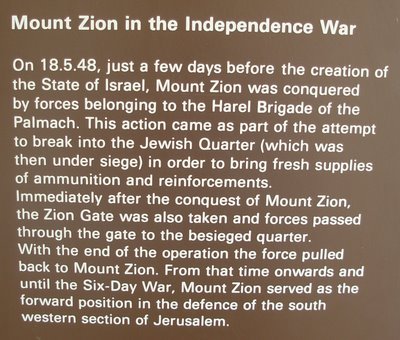
"How shall we sing the Lord's song in a strange land?
"If I forget thee O Jerusalem, let my right hand forget her cunning. If I do not remember thee, let my tongue cleave to the roof of my mouth; if I prefer not Jerusalem above my chief joy.
Remember O Lord the children of Edom in the day of Jerusalem who said raze it, raze it, even to the foundation thereof. O daughter of Babylon who art to be destroyed; happy shall he be that rewardeth thee as thou has served us. Happy shall he be that taketh and dasheth thy little ones against the stones."
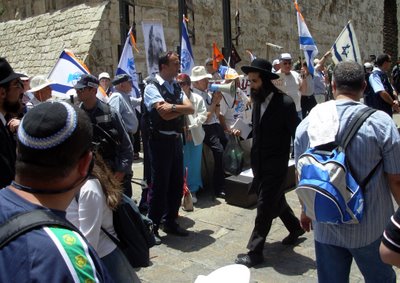 On Jerusalem Day, supporters of jailed Israeli agent Jonathan Pollard demonstrate in support of his release from custody in the U.S.
On Jerusalem Day, supporters of jailed Israeli agent Jonathan Pollard demonstrate in support of his release from custody in the U.S.








